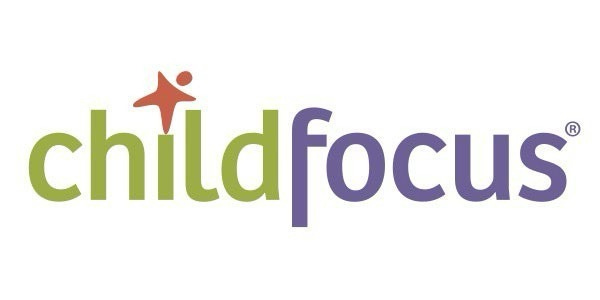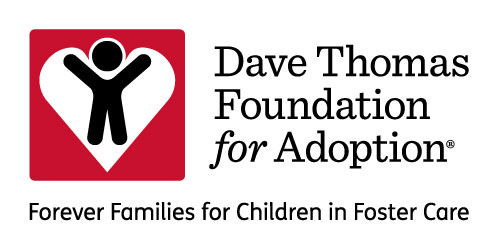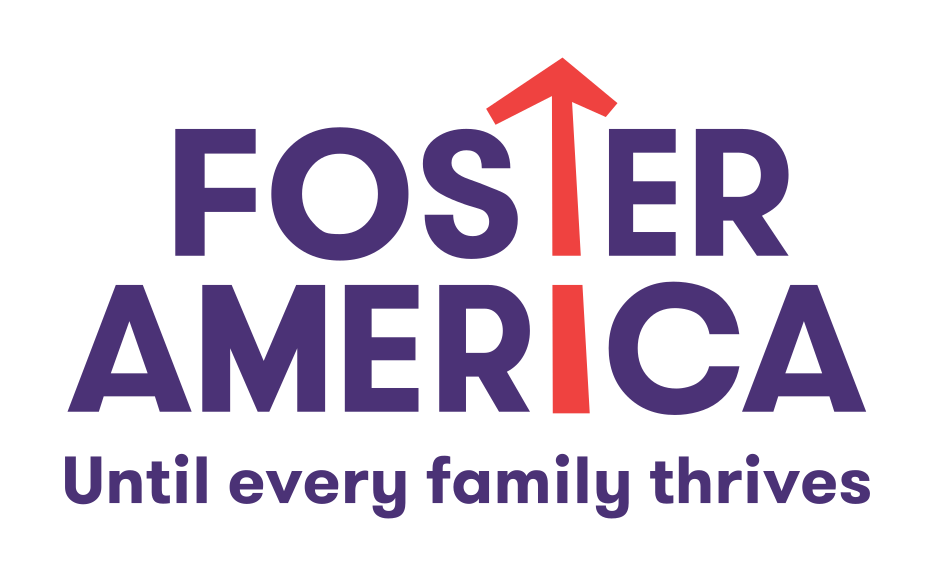Weekly Wonk: The Waiting is the Hardest Part- What A Grant Surge Signals
From the Founder’s Desk
Chances are you don’t need a Moose Out Front to tell you that the federal government remains closed amid an acrimonious shutdown, with no end in sight.
Here at the Wonk, our team has been taking the time to dig deeper into what happened before the shutdown, to see what signals there are for what’s next.
Last week we gave you an analysis of changes in Administration for Children and Families (ACF) grants since the Trump Administration began.
That analysis showed relative stability compared with recent years, but also noted that further reductions remain possible.
This week we’ve got another analysis for you, of a signal to watch on the how those funds continued; the amounts were typical but the timing was not.
Over a third of ACF continuation grants dropped in September, right at the buzzer.
These aren’t new awards, so they tend to be metronomically predictable money. When they aren’t it’s a possible signal, which we break down for you.
And this week’s Wonk Briefing Room maps the actual centers of gravity for child and family policy in Congress.
Not the loudest voices, but the ones who hold the gavels, set the calendars, and decide what even gets a vote. It’s a guide to how policy really moves—or doesn’t—in this Congress.
Let’s get into it.
From the Wonk Briefing Room
This week’s premium brief is a new breakdown of key Congressional power centers in child and family policy.
This isn’t a paean to power, but an essential map of the terrain through which any successful strategy for policy change navigates.
And it goes a cut deeper than the committee structure to the leaders within them, who drive what gets air time and what never even hits the agenda.
You can find a snippet below. If you’d like access to the full piece, subscribe to our premium offering, the Wonk Briefing Room, here.
Federal Focus: Who’s Who for Child and Family Policy in the 119th Congress
Mapping the key formal Congressional power centers to supercharge your strategy.
By Doug Steiger, Senior Contributor
Child and family policy doesn’t live in one committee, or even one chamber of Congress.
It’s scattered across a maze of subcommittees, budget lines, and personalities that together determine whether programs get funded, stalled, or reshaped.
Understanding that map isn’t inside-baseball—it’s strategy.
These power players control the purse strings, the policy levers, and the processes for deciding what moves for children and families… and what sits on the sidelines.
Where is the Power?
Child and family policy is divided across the architecture of Congress — a structure that ensures no one person, or even one chamber, can move the system alone.
The committees that do the heavy lifting in each chamber control not just funding but policies that direct how and where funds flow and determine how programs for children and families work.
The leaders of these committees are especially important in setting child and family policy. Knowing who oversees which program is crucial to successful advocacy.
They have the expertise and the ongoing interest to push through changes, not just chase headlines or social media hits.
The Power Centers
There are four main power centers for child and family policy in the House, and three in the Senate. In the House, we have:
Ways & Means
Appropriations
Education & the Workforce
Energy & Commerce
In the Senate, we have:
Finance
Appropriations
Health, Education, Labor and Pensions (HELP)
House Ways & Means
Ways & Means is where federal child and family policy meets fiscal power. Congress’ oldest committee oversees taxes, child care (mandatory funds), TANF, and much of federal child welfare funding, including Title IV-E.
While tax policy is often the major focus of the committee as a whole, its Work and Welfare Subcommittee handles child welfare and family services.
For anyone working in this space, that’s the venue that determines which ideas reach the floor — and which never even make it to markup.
If you want access to the full breakdown—and every Wonk analysis that dives deeper—join our premium community, the Wonk Briefing Room.
Weekly Wonk Deep Dive
Waiting Until the Last Minute: ACF Awarded A Third of Continuation Grants Just Before the Fiscal Year Ended
ACF awarded $890 million in continuations in September 2025.
By Robin Ghertner, Founding Director of Strategic Policy Intelligence, and Andrés Argüello, Founding Director of Narrative Intelligence
When an agency waits until the final weeks of a fiscal year to renew the grants it already promised, it raises a question: is this delay a signal of system constraint—or the start of a deeper change?
At the Administration for Children and Families (ACF), over a third of continuation grants for FY 2025—more than $890 million—were awarded in September alone.
As non-competitive renewals of multi-year awards, continuations are usually the surest, steadiest part of ACF’s grantmaking.
These routine awards are typically only denied if there’s a meaningful dip in appropriations or a grantee performance issue.
That makes this year’s timing an anomaly worth watching.
The dollars may have gone out the door —we documented that in a recent piece— but the delay itself may be the more revealing data point.
What Continuation Grants Are
Most of ACF’s funding to states and localities moves through grants.
These are formal awards to states, tribes, territories, and local organizations to operate child and family programs—ranging from foster care and child welfare services to Head Start and community economic support.
Most grants are competitive in their first year, open to new applicants each cycle. Grants can be awarded for up to five years.
After the first year, awards become continuations, renewing multi-year commitments based on expected funding from Congress and ACF.
Continuation awards are often an administrative follow-through: the second, third, or fourth year of a grant that’s already underway.
These awards are for projects and programs that have had close communication between awardees and agency staff.
Awardees typically know what to expect for follow-on years. Whether or not this is good practice, it is how ACF has awarded most grants.
Historically, continuations don’t require a new competition, just confirmation that a grantee is performing as expected and Congress provided enough money to keep the award going.
Because they represent ongoing obligations—essentially promises already made—they can be awarded at any time during the fiscal year, and are typically predictable for grantees. That’s what makes the timing of these awards a useful thing to watch.
HHS recently adopted new regulations that allow terminating a grant “if an award no longer effectuates the program goals or agency priorities.” (2 CFR 200.340(a)(4)). This applies to both new grants and continuations.
What the Numbers Show
In fiscal year 2025, ACF issued 2,728 continuation awards, representing about 22 percent of all ACF grant awards and totaling $8.5 billion, or roughly 13 percent of total funding.
In terms of volume, that looks consistent with prior years. What stands out is when those dollars were released.
More than a third of continuation grants—1,017 awards worth $890 million—were issued in September, the final month of the fiscal year.
By comparison, in 2021-2024, between 3 and 9 percent of continuations were awarded that late. In fact, the bulk of continuations were awarded in June of those prior fiscal years.
September Continuations Were Concentrated in A Few Offices
Almost every office had a larger share of continuations awarded in September, but they were clustered heavily in a few ACF offices:
The Children’s Bureau (CB): all 80 continuations issued in September, totaling $76.3 million
Office of Community Services (OCS): all 14 continuations were issued in September, totaling $6.2 million
Family and Youth Services Bureau (FYSB): nearly all were issued in September (96 percent), totaling $182 million
In contrast, only 4 percent of continuations from the Office of Head Start (OHS) were issued in September. That totaled $62 million.
This is an operational signal worth unpacking.
What Awarding Continuations Later May Mean
So what does it mean when continuations are awarded towards the end of the fiscal year? The answer isn’t obvious—but it is important.
At first glance, it could seem like bureaucratic burden creates a delay.
With fewer staff to manage grants, (particularly the closure of regional offices) this is certainly part of the story.
But continuation awards are designed to be easier to award and more predictable for both the agency and grantees.
There’s no rigorous application review, and grantees have likely planned out their budgets well ahead of time.
For many programs, they essentially move on autopilot. Program offices typically have their continuation packages ready many months before the end of the fiscal year.
That raises a deeper question: are these delays a sign of ordinary backlog—or of system constraint inside ACF?
Several factors are in play – and they aren’t mutually exclusive:
Staffing limits. Cuts to regional and grants management staff may have slowed routine approvals and processes.
Heightened internal review. Legal and policy offices took longer while they were under greater scrutiny from the Office of Management and Budget or the Department of Government Efficiency (DOGE).
In April, HHS launched its “Defend the Spend” initiative and added grant efficiency reviews to practically all grant actions.
In August, the White House issued new guidance to agencies to increase scrutiny of all grants, and this likely equally applied to continuations.
Policy signaling. Slower processing could reflect leadership pressure to underspend or delay commitments.
It could also be indicative of internal consideration of phasing down certain grant awards—prompting extensive review and slower approval across the board.
It’s almost certain that both staffing shortages and heightened review had an effect.
But often, even if short-staffed, agencies will either formally or informally advise grantees about the status of continuations.
This time around, for many grantees, this simply didn’t happen. Many experienced unexpected radio silence.
Whether the cause is bureaucratic, a policy shift, or both, it marks a change in posture.
Grantees have come to expect predictability from ACF. Successfully compete for an award and you can plan on the funds throughout the grant cycle.
Delays and limited communication at this scale raise the question of whether that predictability still holds, or whether a new process will be instituted.
How to read this signal will be clarified by how ACF manages continuations throughout 2026, and what is communicated to new grantees about their continuations.
—
That’s it for today.
Stay sharp, Wonks.
Z








